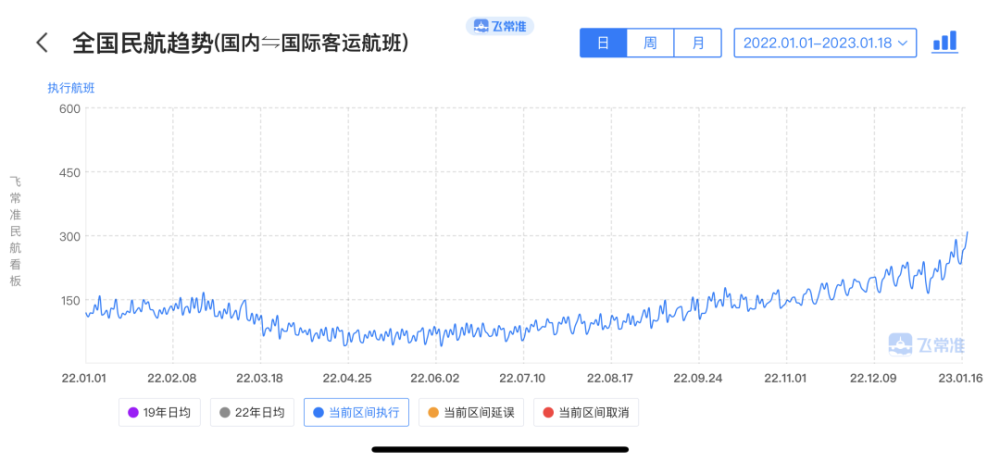引言
Welcome to a comprehensive exploration of the latest episode of "China's New Voice," where we delve into the advanced utilization of ascent and descent data in the sphere of music education. The intriguing phenomenon encapsulated in this segment is denoted as the Piano Scale Formula 23.424. This article aims to foster a deeper understanding of the underpinnings of the scale formula and how it manifests in practical applications.
The Concept of 23.424
Understanding the Musical Phraseology The term “23.424” is rooted within the domain of music theory, specifically referring to a particular set of notes scaling within the octave. In musical terminology, these numbers serve as shorthand for a specific frequency ratio that aids musicians in navigating key signatures and harmonies efficiently. Given its complexity, unraveling the meaning behind 23.424 necessitates a recognition of its foundational components—the musical intervals.
Deciphering the Intervals
Interval Analysis The 23.424 sequence represents a meticulously measured ascending or descending interval between two primary pitches within an established musical scale. To break down this sequence: - "23" signifies that you proceed from one note by skipping three semitones while sequentially climbing. - ".4" denotes advancing four semitones after your initial skip, reinforcing the progression in the scale. - The concluding ".24" implies rising through an additional couple of semitones to finalize the pattern. This precise phrasing awards the musician intuitive flexibility and rhythmic innovation when crafting melodies or interpreting complex compositions.
Utilization in Music Education
Pedagogical Application With the advent of cutting-edge advancements in music technology, the numbered notation like 23.424 has far-reaching implications in pedagogy. Educators can leverage these notations to impart on their students the nuances of developing ear training, enhancing their ability to identify harmonic progressions, and fostering creativity in compositional structures. Emphasizing such musicality skills enables students to become better-equipped with a versatile skill set applicable across genres.
Enhancing Artistry
Creative Implications By introducing scales and intervals characterized by sequences like 23.424, artists have access to more expansive melodic expressions. Whether during live performances, studio recordings, or songwriting sessions, utilizing these formulas can be transformative for both the auditory experience and the artist’s emotional delivery. Let's explore the creative aspects:
Composition Dynamism: Artists incorporate intricate patterns into their work, stimulating emotional resonance.
Harmonic Depth: Amplifying riffs or counter-melodies based on specific interval variations produces rich textures in music.
Rhythmic Pacing: These numeric representations guide flexible rhythm modifications, tailoring the flow of a piece.
Technology Integration
Innovative Tools and Software In the modern age of technological advancement, music creators do not limit themselves to traditional learning methods alone but now incorporate software solutions. Applications and DAWs (Digital Audio Workstations) are being employed to assist with: -
Visualization: Graphical interfaces illustrate the concept visually, enhancing comprehension.
-Real-time Practice: Software simulations allow instant gratification in practicing new ideas.
-Data Augmentation: Programs analyze performance metrics to inform future strategies in composition and improvement.
Using digital tools not only streamlines but also deeply enriches the creative process.Navigating Challenges
Overcoming Limitations While there are numerous advantages, adopting the 23.424 scale poses some challenges musicians may encounter: -
Complexity门槛高: Initial learning can be overwhelming due to the abstract nature of numerical notation.
-Memory Exercise: The requirement of memorizing several skip-and-sequential combinations taxed mental faculties.
-Adaptive Pains: Transitioning to these advanced techniques demands patience and sustained dedication.
Despite this, with appropriate guidance, musicians can gradually master these intricacies and integrate them into their repertoire.Conclusion
With "China's New Voice" providing a robust platform for showcasing what lies at the forefront of music talent and technique today, it shines a light onto the essential role that computerized musical systems play in driving artistic innovation. Aspiring talents engage sincerely with the "23.424" amongst other formulas to unlock possibilities in fluid improvisation and creating contemporary compositions reflective of a new generation embracing digital-assisted music mastery.
This wraps up our analysis of the "China's New Voice, Latest Edition: Deep Dive into Ascent and Descent Data Utilization - Precise Version 23.424." Through ongoing exposure to groundbreaking episodes and techniques such as this, the pathway toward evolving musical versatility becomes increasingly well-paved for artists worldwide.









 京公网安备11000000000001号
京公网安备11000000000001号 京ICP备11000001号
京ICP备11000001号